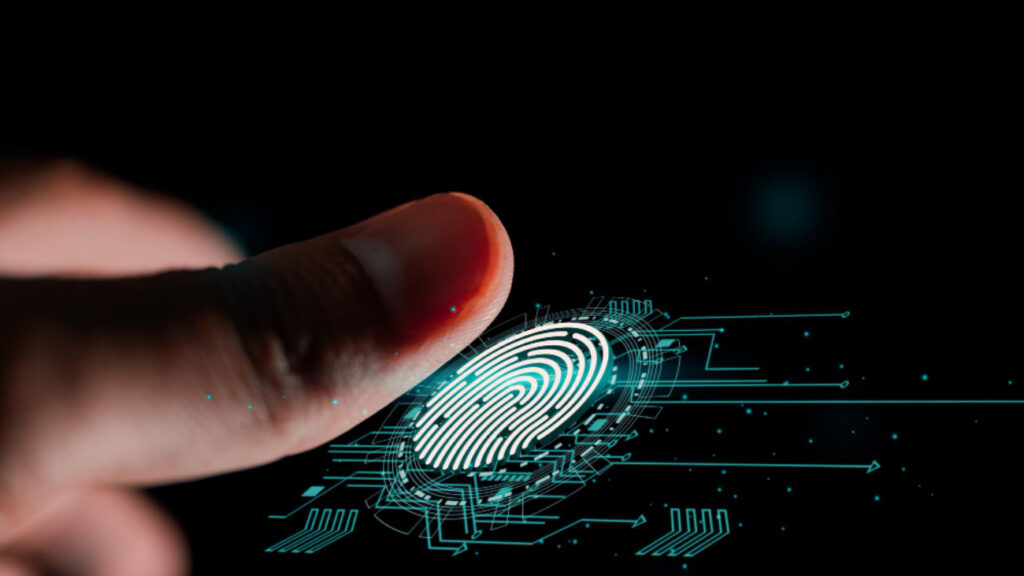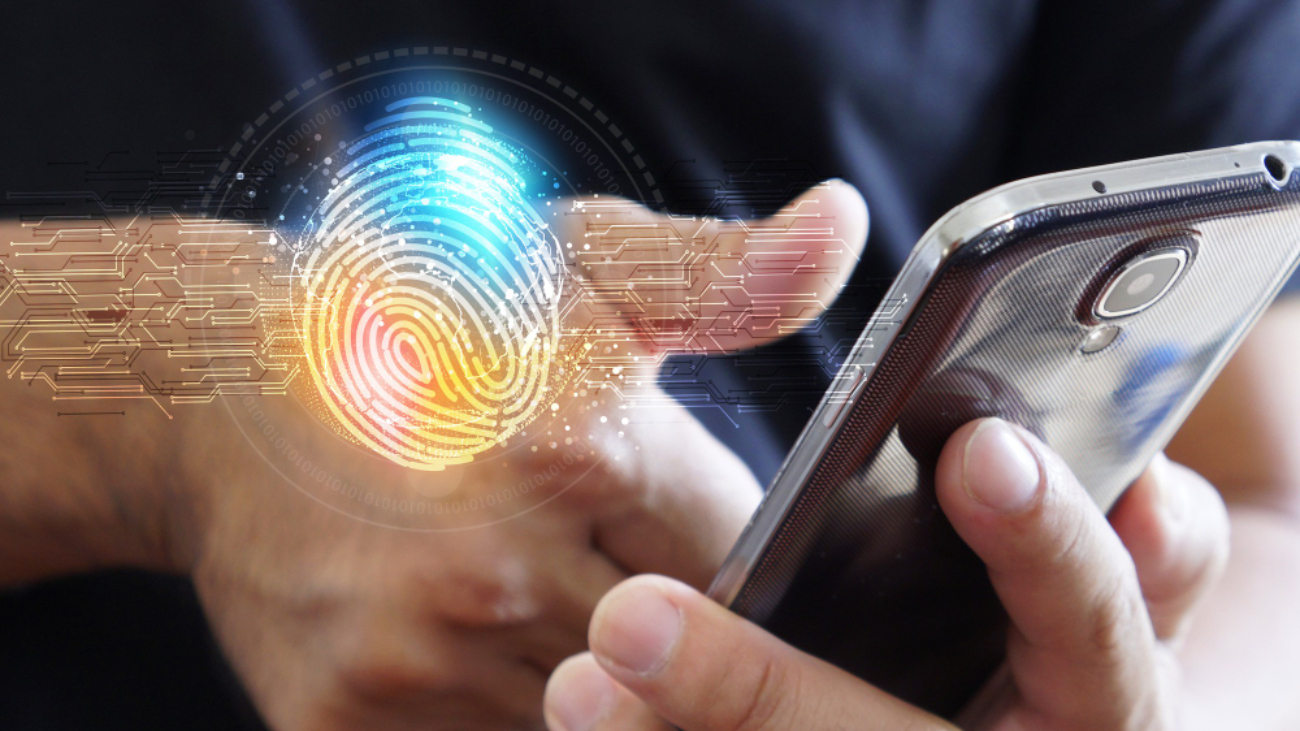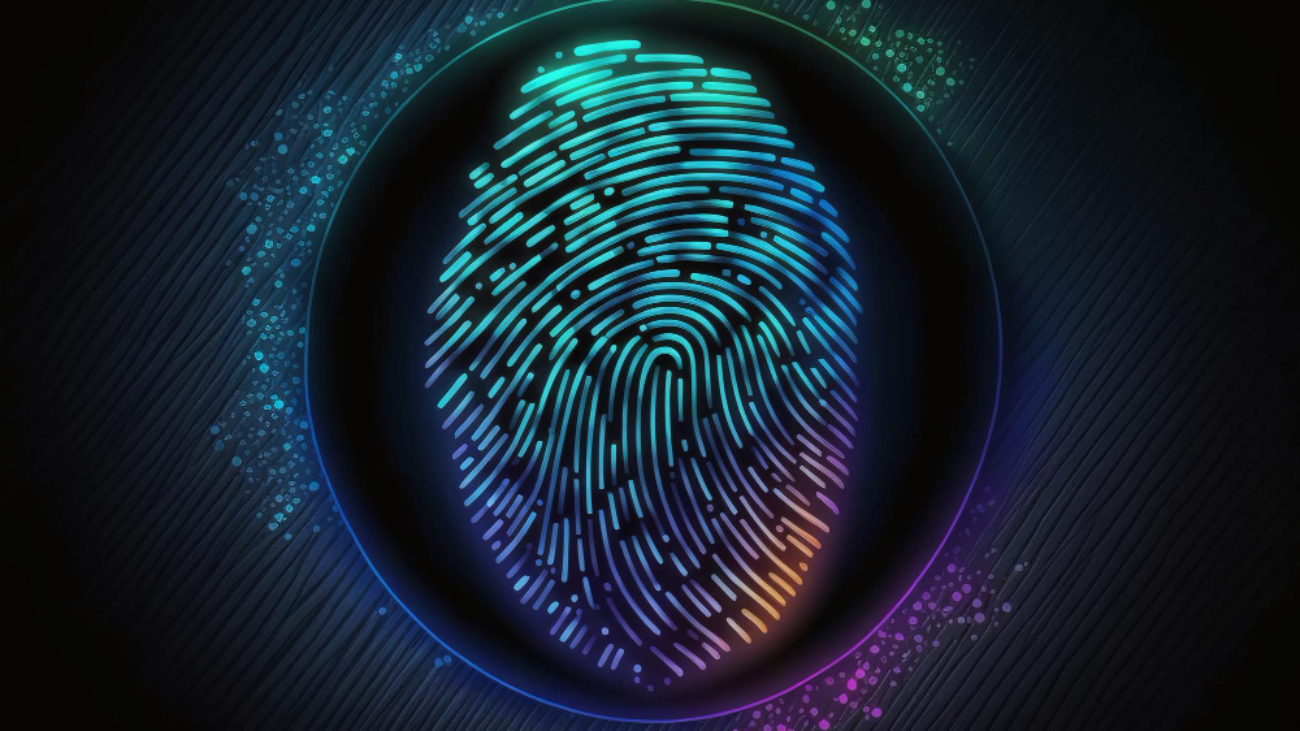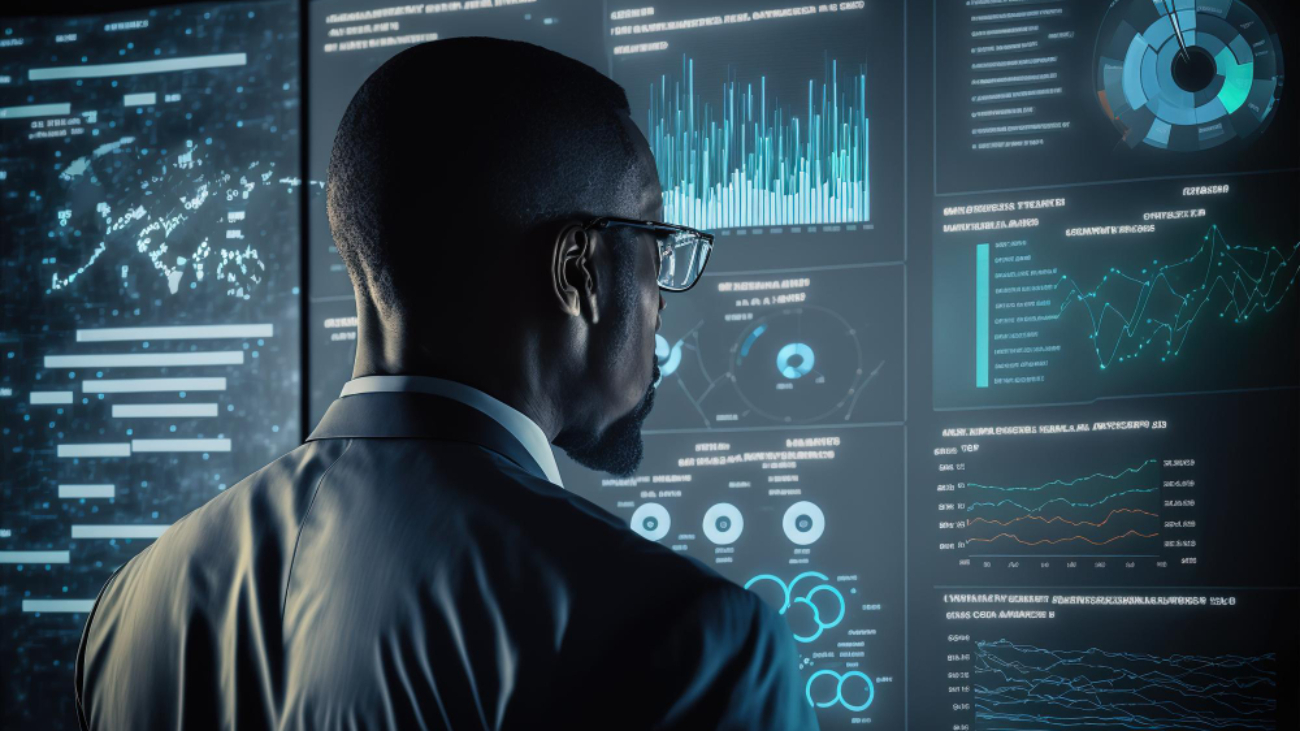Bahaa Abdul Hadi observed that the number of people who travel worldwide continues to grow, the need for a border control system that is at once efficient and reliable becomes increasingly important. The same applies to physical access points for data networks and other low-level enterprises.
Traditional methods of border control, such as manual passport verification and long waits in line, are no longer adequate for a fast-changing world with stringent security requirements. But then comes Border Control 2.0, bringing you advanced biometric technology that promises a more convenient, smoother and again secure travel process.
Revolutionizing Travel with Biometric Technology
Biometric systems at borders change the way we look at security and efficiency. In traditional systems, travellers stand in long lines, manually present documents and wait for verification. But biometric technology can change all that. This means that a traveller can pass through immigration with minimum interaction and maximum security.
Biometric verification means faster processing, much reduced waiting times. With a quick scan of the face or finger-prints, travellers can avoid long queues and proceed without delay. The irreproducible nature of biometric data makes it incredibly difficult to forge. It provides those guarding our borders with secure, tamper-proof systems that are far better than traditional means of identification.
The Technology Behind Border Control 2.0
The main technologies driving Border Control 2.0 are facial recognition, fingerprint scanning and iris recognition. Each of these technologies has major advantages in terms of verification and effectiveness. Facial Recognition This technology uses high-resolution cameras to capture facial features and compare them with data already stored in databases.
Facial recognition systems are quite robust and can operate at great distances, allowing verification points to be located at entry sites without the need for direct contact. Fingerprint scanners are available around the world. They compare the fingerprint of an individual against a stored template. Known for its accuracy and speed, fingerprint scanning is particularly suitable to be used in large-scale traffic areas such as airports.
Speeding the Immigration Process
An Aliens Bureau main objective is to speed up immigration and security checks. Traditional methods frequently mean long delays – especially during the conventional holiday seasons. With biometric systems, travelers can spend fractions of the time it would take to pass through checkpoints manned by human inspections or documents
Travelers can self-verify their identity at biometric kiosks or self-service stations in as little as’ few seconds. Replacing conventional passport checks, biometric systems have already made the entire immigration process faster and more convenient for all involved in some airports.
AI and Biometrics: A Winning Combination
For biometric systems, Artificial Intelligence (AI) is indispensable for improving their efficiency. Thanks to AI algorithms, it is possible to analyze a huge amount of biometric data quickly and with high accuracy. Real-time analysis becomes possible through this integration, which makes it not necessary to perform manual checks by border agents.
AI-powered biometric systems also can detect attempts of deception, such as with altered or forged documents, by comparing the live scan to a stored database. AI systems can learn from the data and will become increasingly efficient at recognizing patterns or irregularities over time.
Biometric Border Control: A Global Outlook
This is a positive phase of development for border security as countries and airports on all continents begin to employ such systems.
For example, airports such as Dubai International and Singapore Changi are the pioneers in biometric immigration, this method uses facial recognition to guide passengers through comfort zones for their safe arrival or departure. As the technology becomes more common, we can expect to see biometric systems adopted by more airports, border posts and even national security surveillance networks.
Conclusion
Although there are problems related to privacy and data security however, biometrics – speed, efficiency and strengthened security–these benefits are unignored. As technology advances and biometric systems become more widespread, travel will continue to improve in terms of overall experience. May the rapid development of global movement continue to make the world safer. Thank you for your interest in Bahaa Abdul Hadi blogs. For more information, please visit www.bahaaabdulhadi.com.







